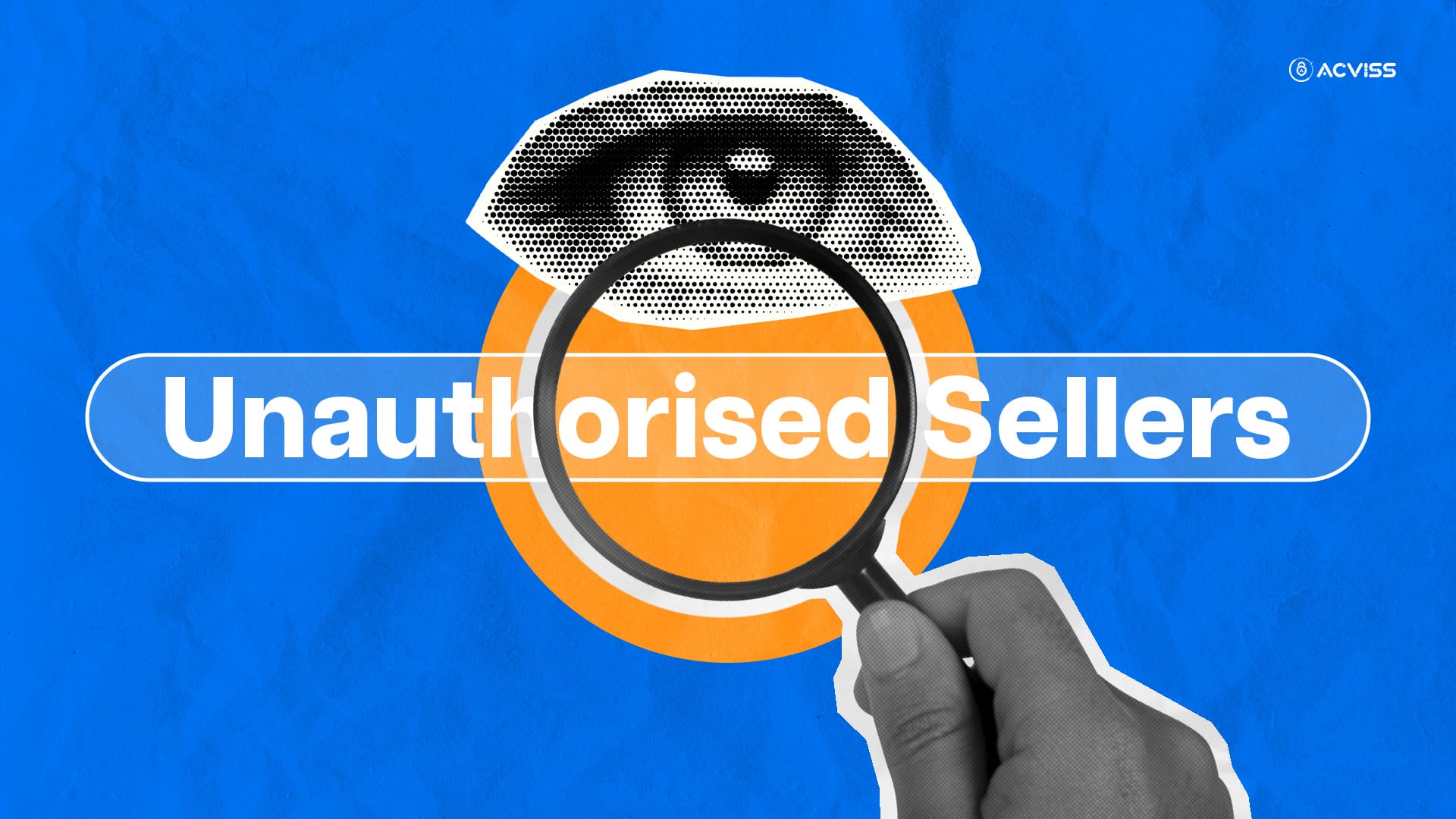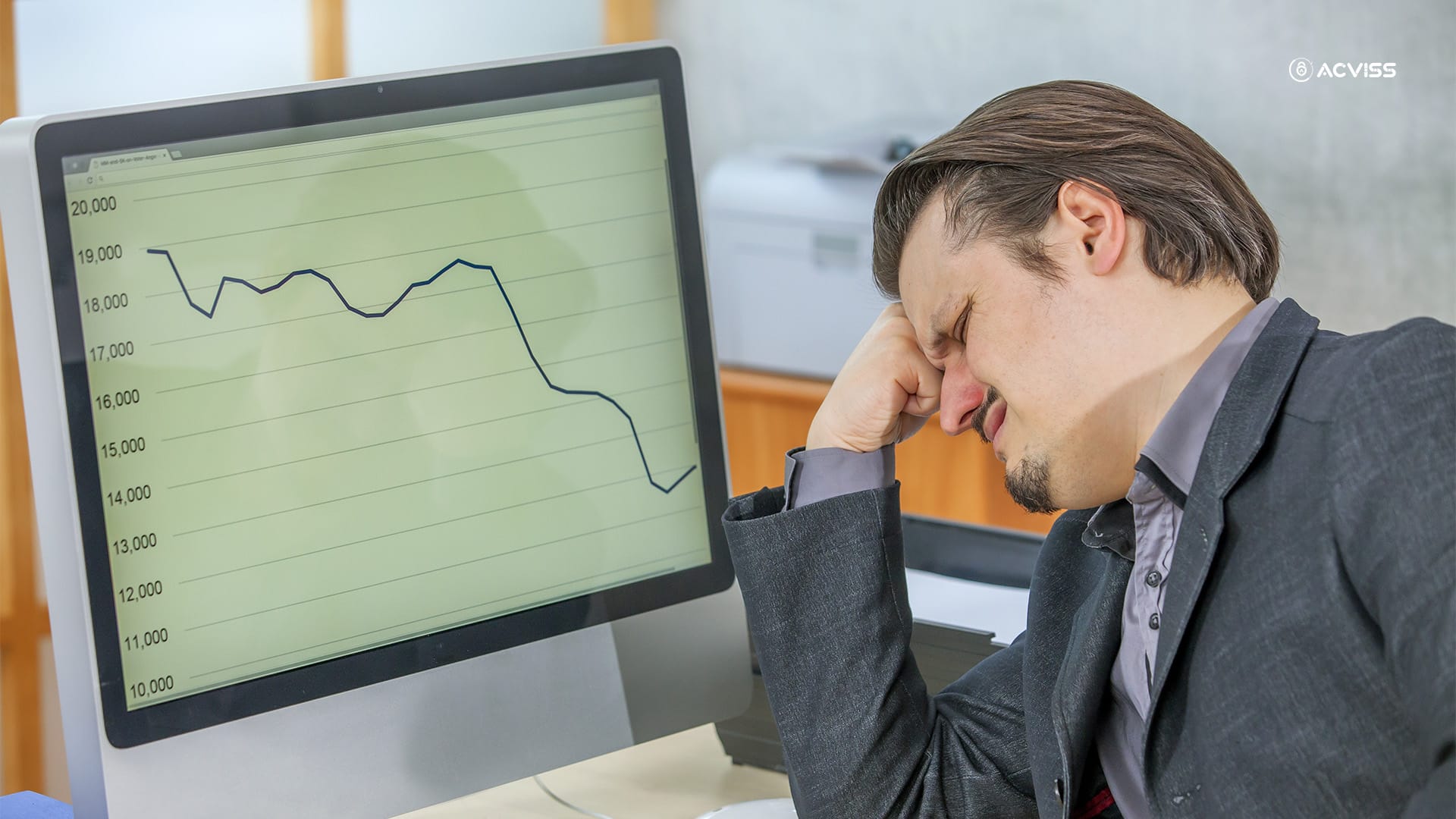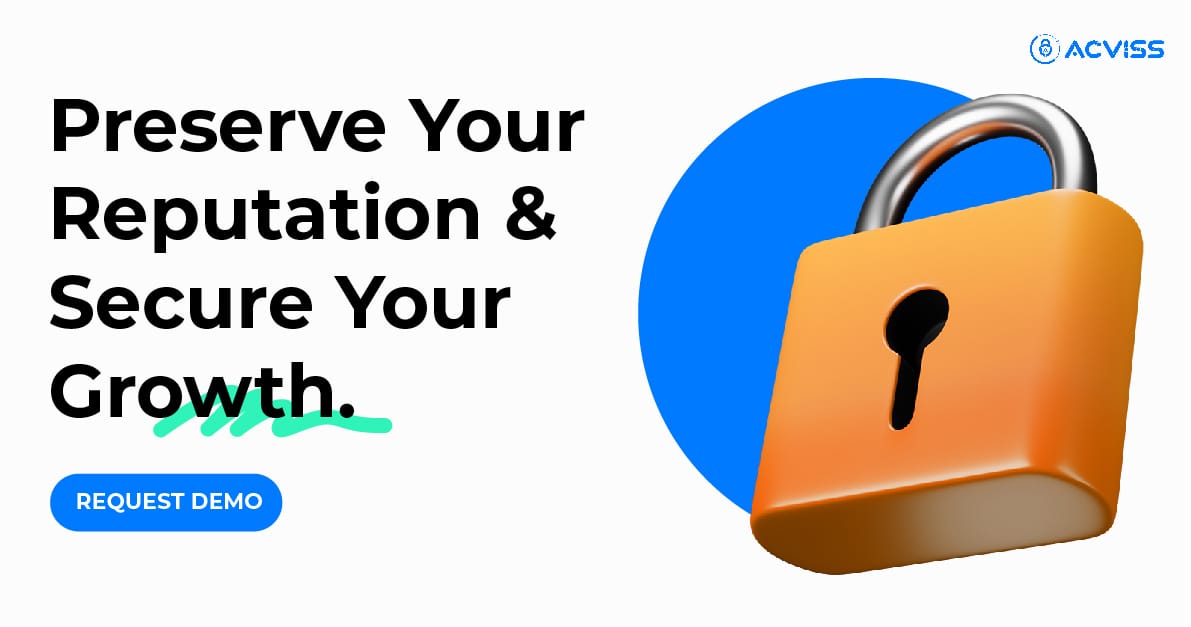How to Detect Unauthorised Sellers on Online Marketplaces

Online marketplaces like Amazon, Flipkart, and other e-commerce sites have revolutionised the way consumers shop and brands reach their customers. In 2024, there were approximately 2.71 billion online buyers globally, and this figure is estimated to reach 2.77 billion by 2025.
While this sounds great for e-commerce companies, the extensive growth of online shoppers and online shopping platforms has also opened doors for unauthorised sellers in online marketplaces.
These bad actors can harm genuine brands in various ways. For instance, such unauthorised shopping platforms sell products at low prices, causing organisations to lose control over pricing. Some even sell counterfeit products that disrupt authentic supply chains, damage brand reputation, and deceive customers. Studies reveal that unauthorised sellers cost brands billions annually, with counterfeit goods alone accounting for $500 billion annually.
This growing menace highlights the urgent need for effective online brand protection and anti-counterfeiting solutions to safeguard the interests of businesses and consumers alike.
But you can’t deploy appropriate solutions without knowing your enemy. Therefore, the first step is to identify the unauthorised sellers in online marketplaces. This article will guide you on how to detect unauthorised sellers in online marketplaces.
What are Unauthorised Sellers Online Marketplaces?
Unauthorised sellers of e-commerce marketplaces are online shopping platforms that sell products without the consent or approval of the brand owner. Sellers at such online marketplaces typically acquire goods through unofficial channels, including grey markets, counterfeit production, or product diversion, and sell them at relatively lower prices.
While their listings may appear genuine, these products often lack warranties, are of inferior quality, or even are fake, leading to significant losses for both brands and consumers.
Impact of Unauthorised Seller's Online Marketplaces on Brands
E-commerce sites that are home to unauthorised sellers usually sell fake, adulterated products, or products that are listed below brands’ MAP, impacting companies in the following ways:
- Revenue Loss
Unauthorised sellers on online sites often sell items lower than the official prices, causing brands to lose a significant amount of revenue. These sellers take advantage of lower overhead costs, lack of taxes, or counterfeit goods to price their products attractively, grabbing buyers’ attention and, thus, reducing legitimate sales.
- Tarnished brand Reputation
What unauthorised sellers of e-commerce marketplaces do is list poor-quality or counterfeit products, which are replicas of the products sold by authentic brands. Since customers are unaware of the unauthorised e-commerce listings, they blame original brands for low-quality or duplicate products, tarnishing their reputation and market image.
- Loss of Brand Control
One of the biggest issues brands are struggling with on online shopping platforms is a loss of brand control because of unauthorised sellers' e-commerce sites. These sites don’t follow brand policies and guidelines when selling brands’ products.
This disjointed seller strategy leads to non-compliance with original branding, pricing, marketing, and other forms of representation online. Hence, brands lose control of how their products are marketed, priced, and distributed.
- Loss of Consumer Trust
Customers who unknowingly purchase low-priced, low-quality products from unauthorised online shopping sites might lose trust in the original brand altogether. Due to bad shopping experiences, they are less likely to make future purchases with authentic brands, causing companies to lose a significant percentage of consumers.
- Disruption of Supply Chain Traceability
With the rising number of unauthorised sellers on e-commerce platforms, brands experience disruption in the supply chain traceability and transparency. It further makes it challenging for brands to monitor the origin and distribution of their products. With little to no control over the supply chains, companies struggle to ensure product authenticity.
How to Identify Unauthorised Sellers Online Marketplaces?

Unauthorised sellers' online platforms are coming across as potential sales channels and don’t follow the quality standards for product listing, negatively impacting companies’ brand image. It’s high time for companies to take the first step in identifying unauthorised vendors' e-commerce sites. However, identifying and monitoring them is a major challenge for brands.
Here we have outlined some signs and tips firms can consider to detect unauthorised vendors' online shopping platforms:
Signs of Unauthorised Sellers Online Shopping Marketplaces
- Unusually Low Prices: If products are sold at prices significantly lower than the market average, it means they are unauthorised or counterfeit goods.
- Inconsistent Product Descriptions: Do you notice discrepancies in product descriptions, images, or specifications? If yes, check whether the e-commerce platform is unauthorised.
- No Warranty or Return Policy: Almost all genuine seller or vendor online marketplaces provide warranties and hassle-free return policies. If an online shopping channel doesn’t provide any warranty or return option on its products, it means it’s unauthorised.
- Negative Reviews: When using an unauthorised seller's e-commerce site, you will find customers complaining about product authenticity or quality in the review section. And in case reviews are too good to be true, you can conduct customer verification to find out whether the customers who posted the reviews are genuine. If not, it means it’s potentially an unauthorised shopping platform.
Tips to Detect Unauthorised Sellers Online Marketplaces

Other than the above-discussed signs, you can follow these tips to determine whether an online marketplace is run by unauthorised sellers:
- Monitor Online Marketplaces Regularly
Brands should actively monitor e-commerce platforms wherever their products are listed. They can use specialised tools and software to conduct frequent audits of e-commerce platforms and look for discrepancies in pricing, product descriptions, and seller details.
- Boost Supply Chain Traceability
Use advanced supply chain traceability tools to track where your products are headed after leaving your facility and how they are reaching the end consumer. If you notice any diversion in product distribution, it’s possible they are being sold on unauthorised sellers' online marketplaces.
- Verify Customer Reviews
You should keep an eye on the feedback and reviews of customers on your products across various platforms. If you notice negative reviews about authenticity or quality, it means unauthorised seller activities are involved. Use these insights to trace unauthorised listings and, thus, fraud sellers' e-commerce sites.
- Leverage AI in Anti-Counterfeiting
Unauthorised sellers on online marketplaces are one of the major sources of counterfeiting as these platforms usually sell products that intimate goods from original brands.
Apart from basic approaches, you can use an advanced AI-powered technological approach to detect counterfeit listings and unauthorised sellers' e-commerce sites. AI algorithms can help scan marketplaces for suspicious patterns, such as inconsistent product descriptions or unusually low prices, and flag them for further investigation.
In addition, AI in counterfeiting can also be leveraged to analyse vast amounts of data quickly, enabling brands to act promptly against unauthorised activities.
- Conduct Mystery Shopping
If you notice suspicious activities in suspected online marketplaces, consider purchasing products from them to assess their authenticity. Analyse the platform, product descriptions, pricing, cart and payment process, and more to figure out whether it’s unauthorised or not.
Use Acviss Solutions to Verify Authorised Sellers' Online Marketplaces
in this technological age, you can find many leading authentication tools to confirm whether an online marketplace is legitimate or not. Employing tools like Acviss Certify and Origin can help you ensure that only authorised sellers' e-commerce sites can list your products online. These solutions offer robust online brand protection by verifying seller credentials and using unique identifiers like QR codes to authenticate products:
- Certify: It’s among the top-rated anti-counterfeiting solutions that can help brands validate product authenticity and seller credentials in real-time, making it easier to pinpoint unauthorised vendor online marketplaces. With Certify, businesses can ensure that their products meet quality standards and are sold through approved channels.
- Origin: Acviss Origin provides end-to-end traceability for your products, enabling you to monitor their journey across the supply chain and identify any deviations. Using this solution will help brands make the supply chain more transparent, allowing them to determine whether their products are being duplicated and sold on unauthorised online shopping platforms.
To Wrap Up It All!
Leading e-commerce sites, from Amazon and eBay to Flipkart, are using online trademark protection and anti-counterfeiting measures to ensure product authenticity. Still, the number of unauthorised sellers on e-commerce platforms is increasing, causing reputational and financial harm to brands.
Taking action by following the above-discussed tips and leveraging Acviss solutions can help companies detect potential unauthorised sellers in online marketplaces. They can ensure their customers buy legitimate products from genuine e-commerce platforms, facilitating a safe shopping experience.
